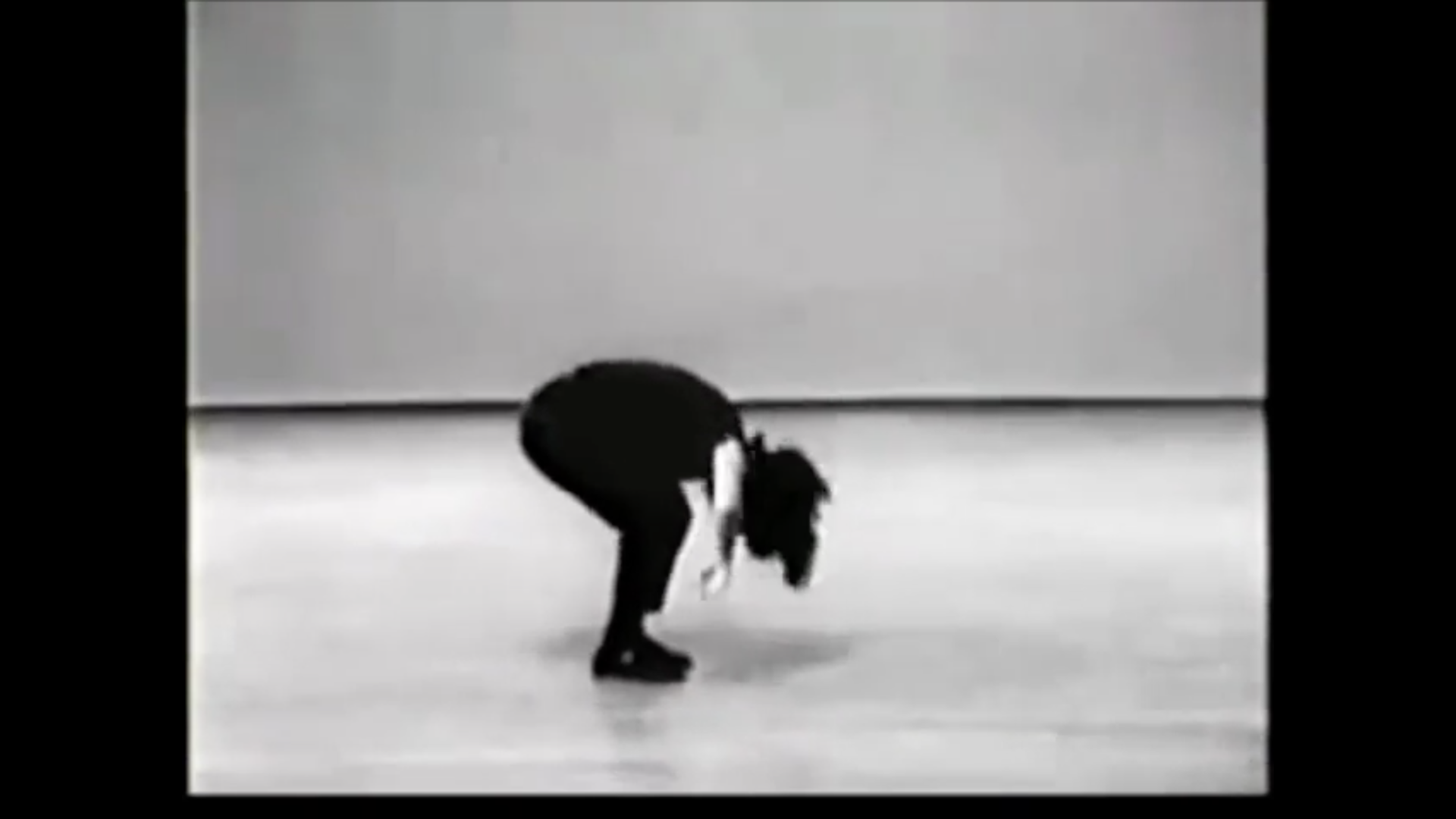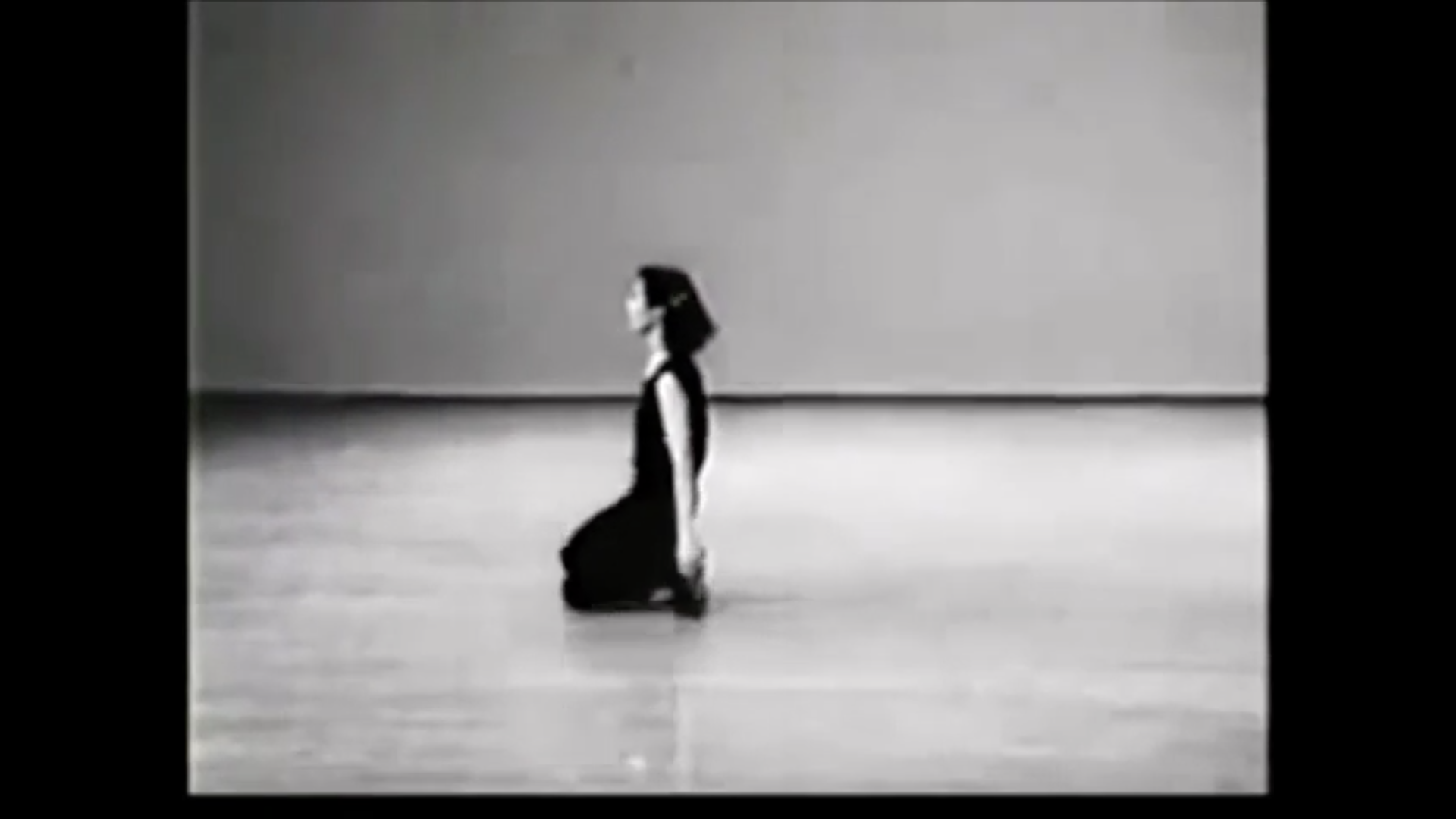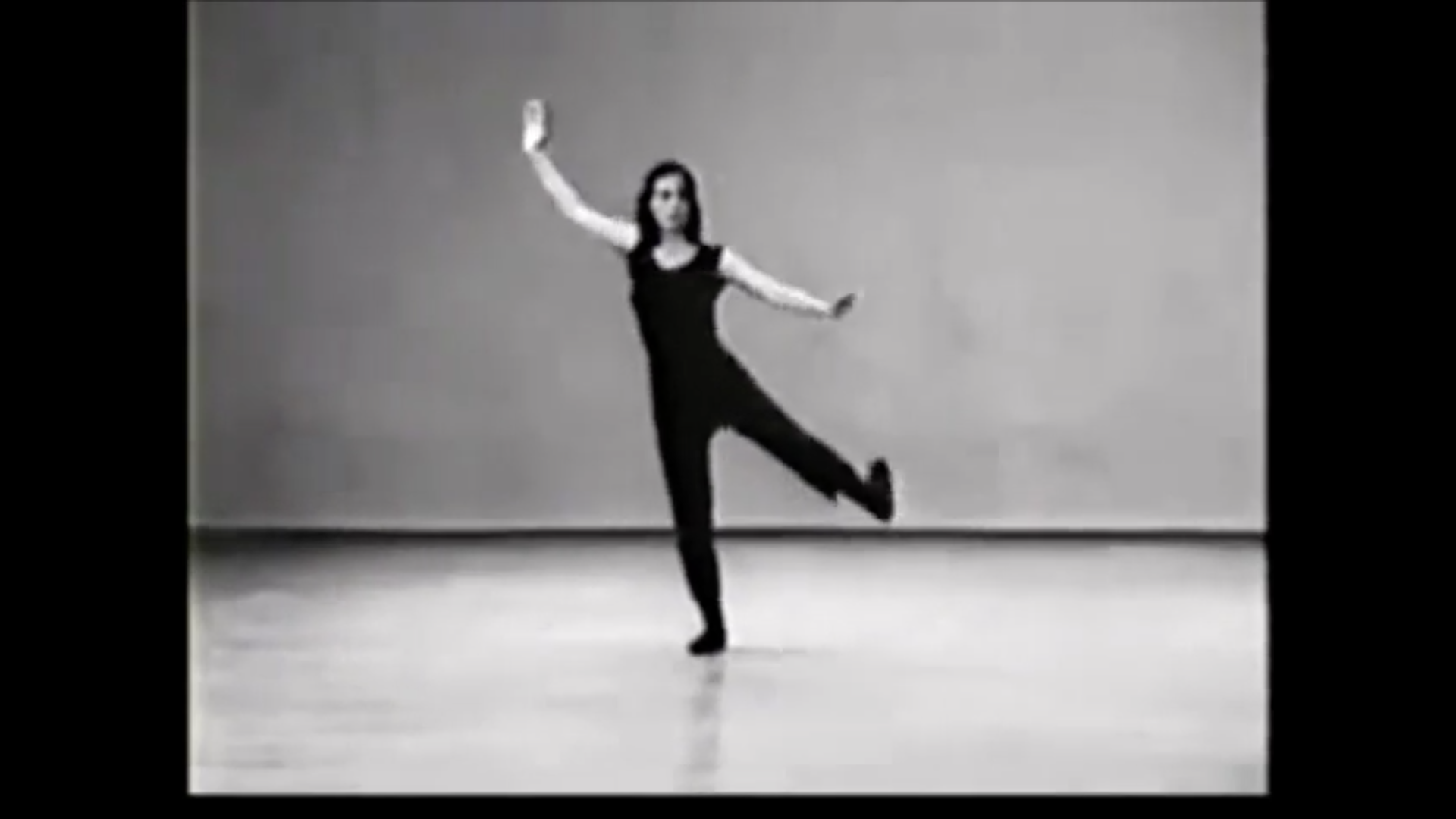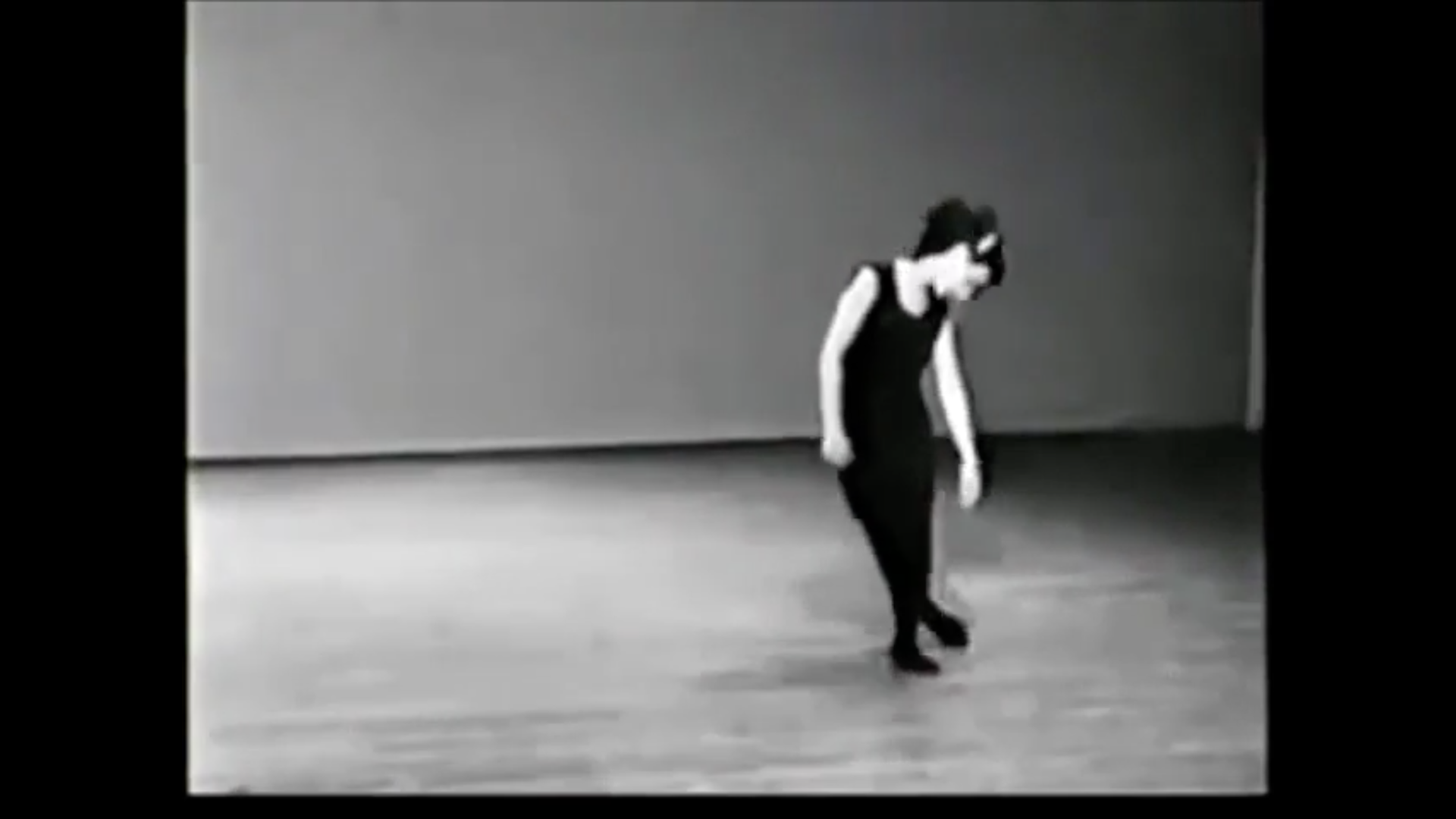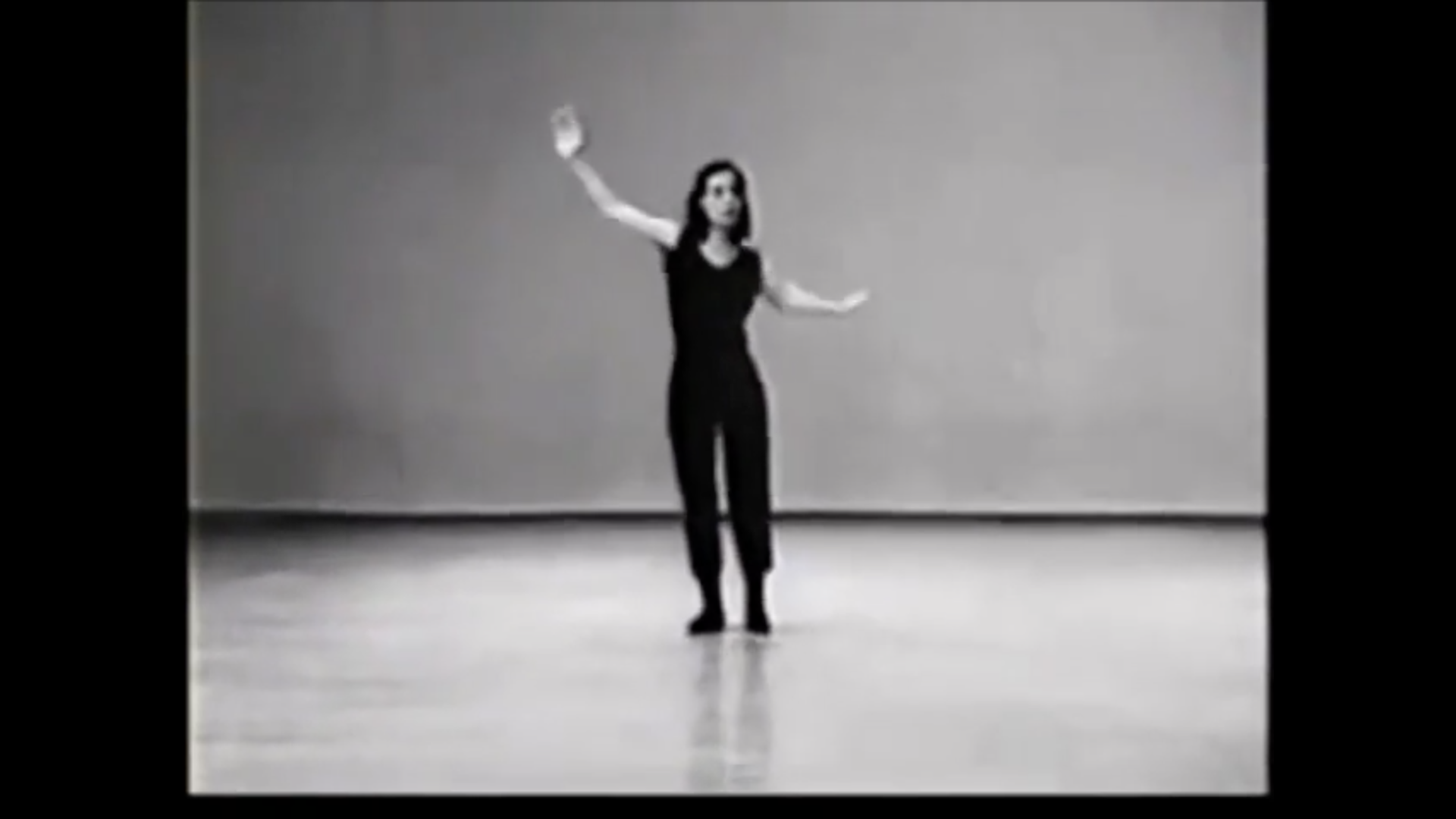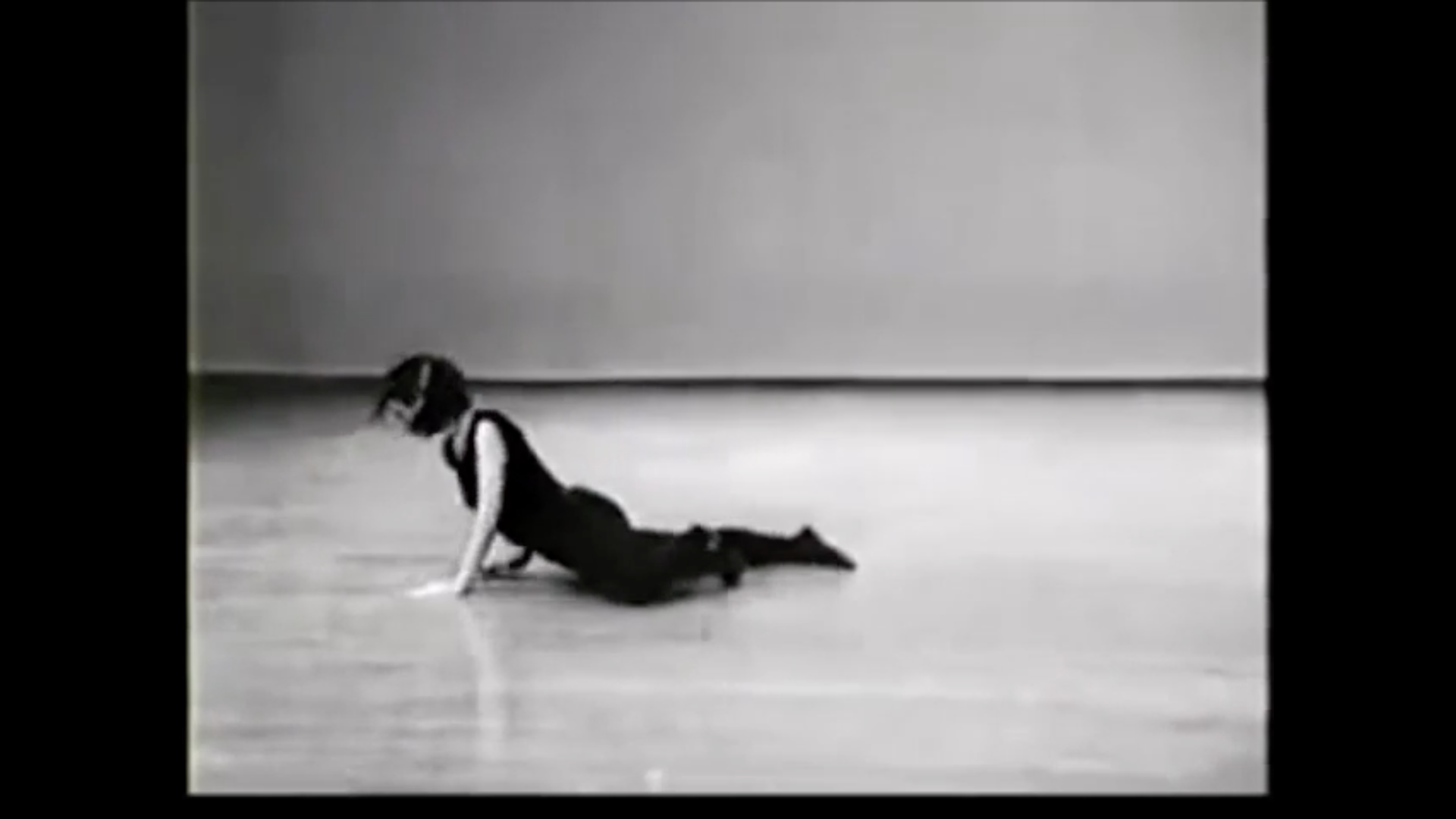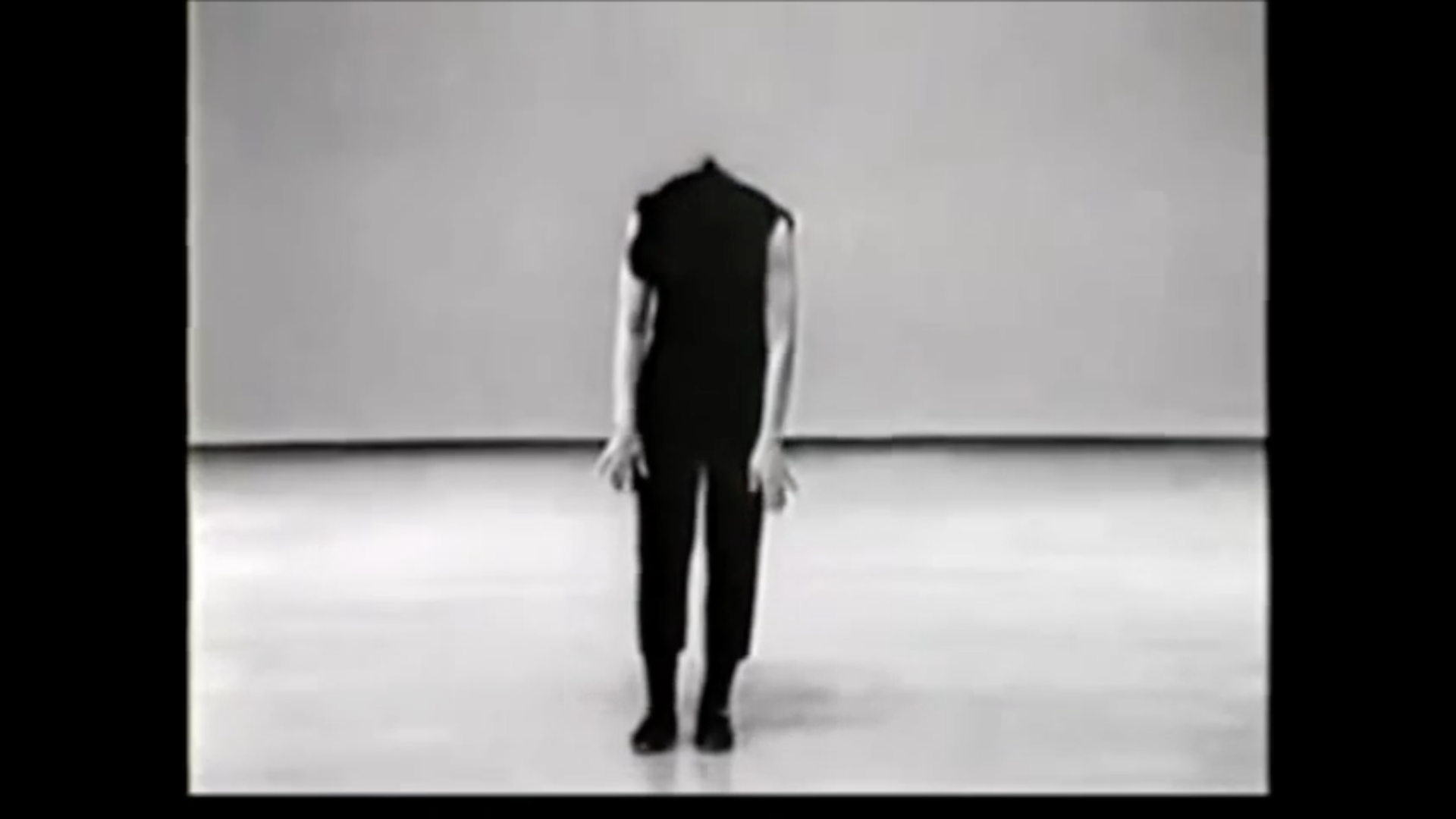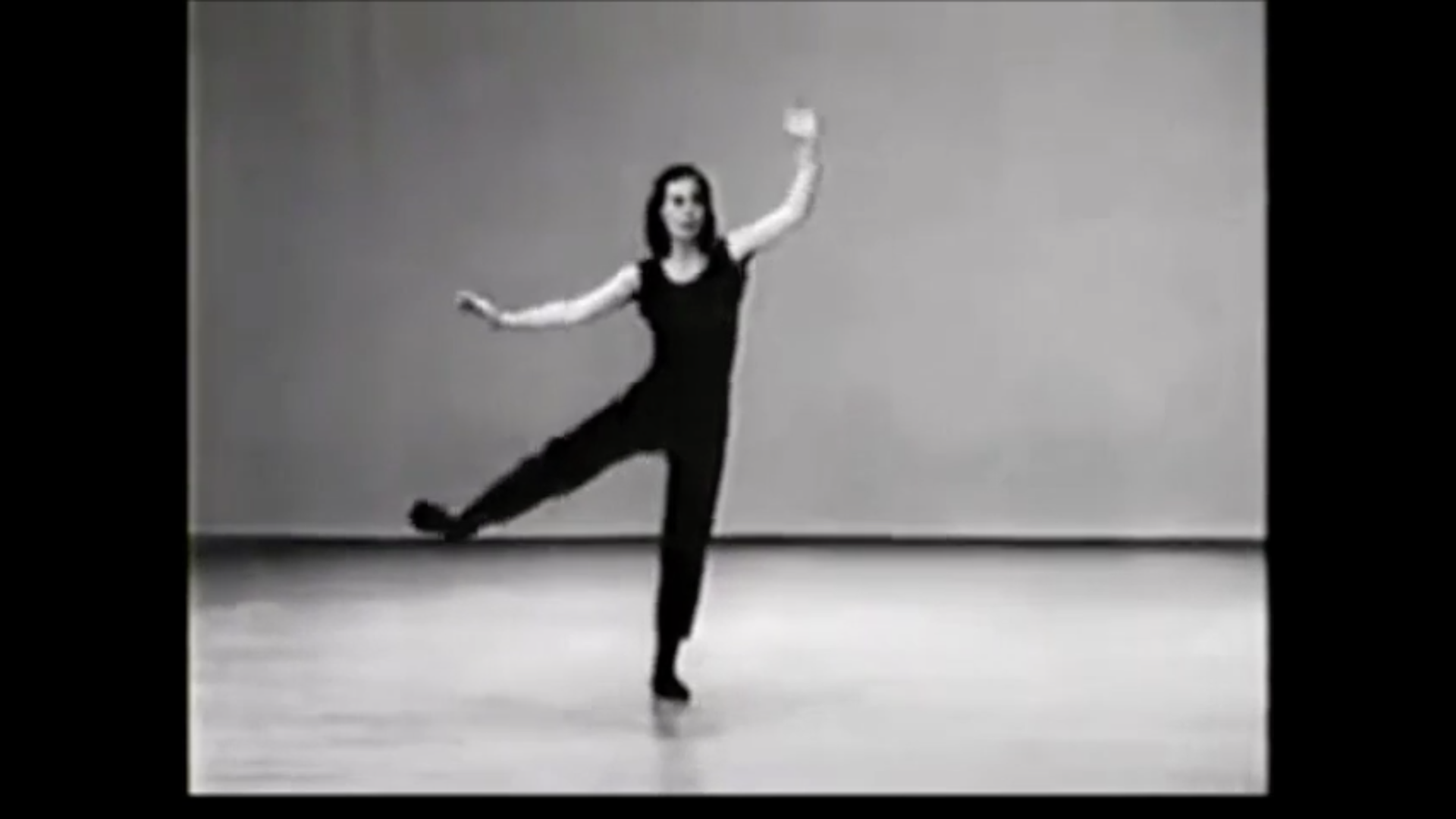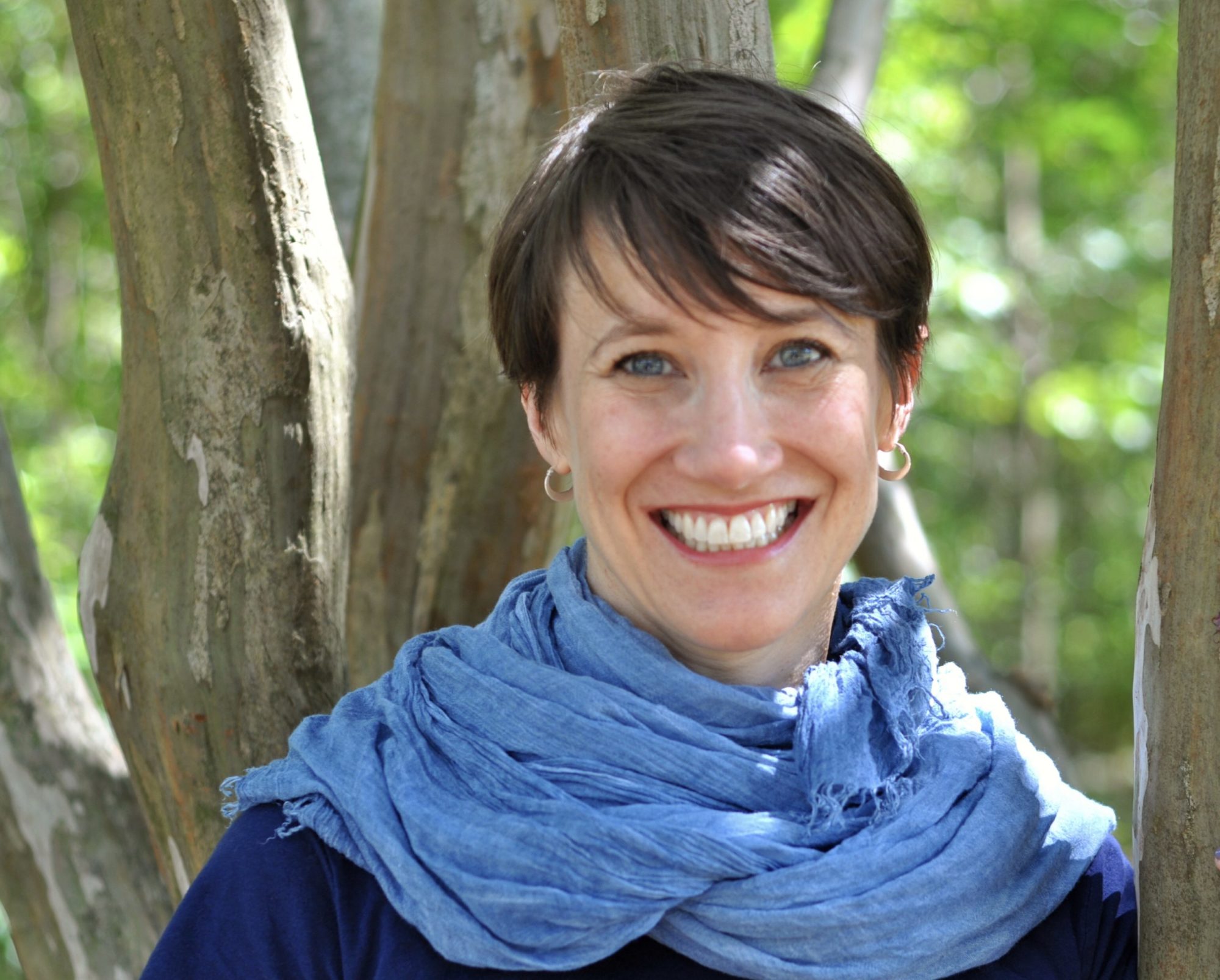Carrie Lambert-Beatty: Truth Bias
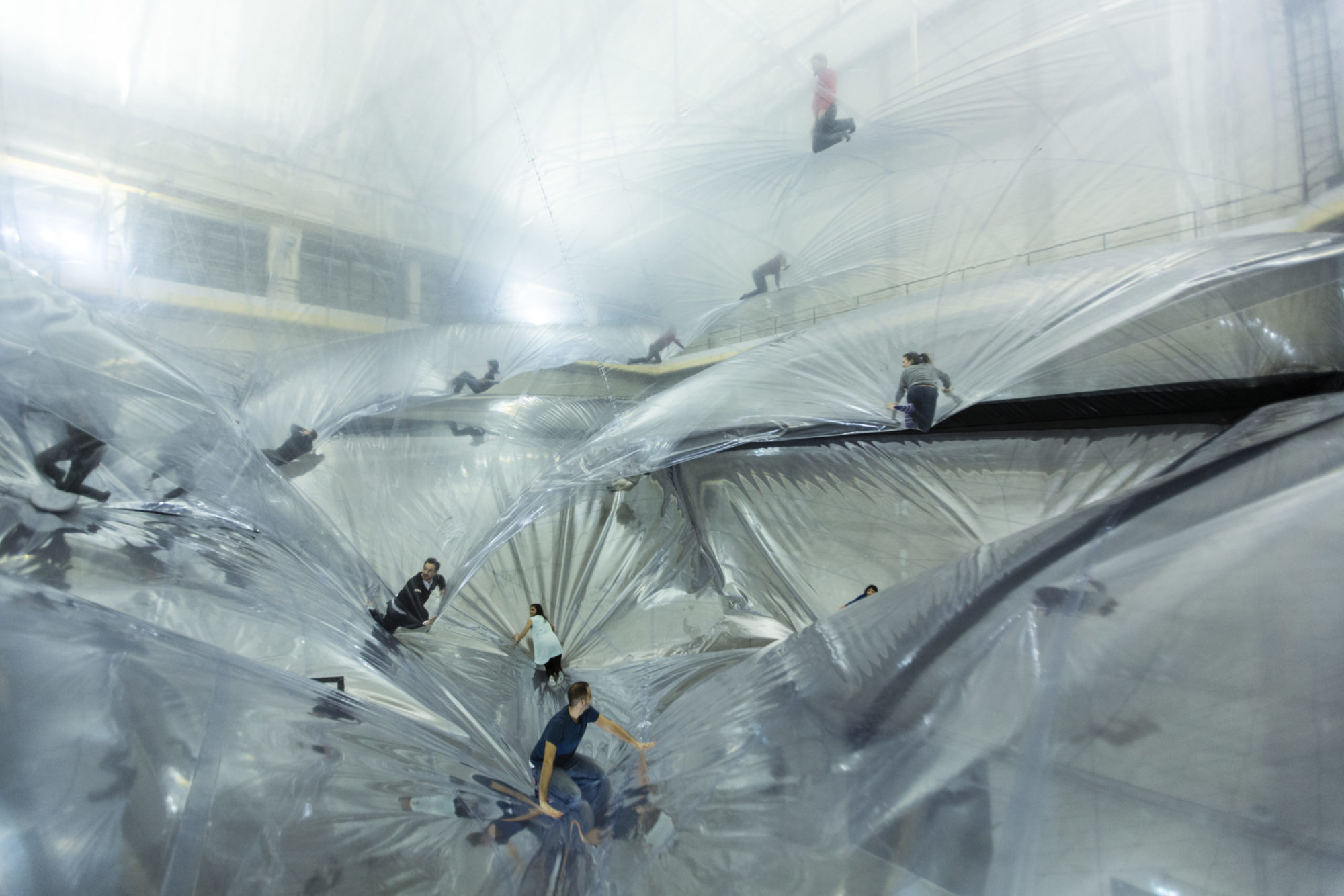
Tomás Saraceno, “On Space Time Foam,” 2012, installation view at Hangar Bicocca, Milan, Italy [© photography by Studio Tomás Saraceno, 2012, courtesy of the artist; Andersen’s, Copenhagen: Ruth Benzacar, Buenos Aires; Tanya Bonakdar Gallery, New York/Los Angeles; Pinksummer contemporary art, Genoa; Esther Schipper, Berlin]
Share:
Harvard professor and art historian Carrie Lambert-Beatty has published texts on dancer and choreographer Yvonne Rainer, collaborative artists Allora & Calzadilla, and parafictional works of art. She is currently writing a book that expands upon her 2009 essay on parafiction, audience stratification, and trust. We discussed her latest research by way of the value of investigation, epistemological behaviors, and fake news in an age of uncertainty.
Courtney McClellan: I realized as I was putting these questions together that I was thinking about two primary topics: belief and altered sensation of time. Perhaps through this conversation we can consider how or why those two topics are connected. Ten years ago [in 2009], you published Make-Believe: Parafiction and Plausibility in October. What drew you to this topic? Are artists engaging parafiction today? What new approaches to parafiction have you seen lately?
Carrie Lambert-Beatty: “Parafiction” started as a shorthand term. There were a number of art projects coming to my attention in the mid-2000s that had a kind of structural similarity, a particular kind of epistemic shiftiness—changes in levels and degrees of certainty. Although the individual works fit into existing critical categories from that time (the archival turn, net.art, re-enactment, interventionism), there wasn’t a way to name the commonality. I came to define parafiction as a situation in which fiction is presented or encountered as fact. The many, many examples that piled up were totally distinct in subject and mood and intention and form. Walid Raad’s Atlas Group Works and Franco and Eva Mattes’ interventions as 0100101110101101.org couldn’t be more different. But this actually made the slim overlap seem all the more significant to me, in the context of a historical moment in which there was already so much anxiety about how we know and how easily we can be deceived.
I find it helpful to think of parafiction as a spectrum rather than a simple category, in order not to conflate very different practices, while also pointing to that connection between them. At one end are practices very close to hoaxes, and at the other are situations that might give rise to just a bit of wondering. I call them “strongly parafictional” and “weakly parafictional,” although this is a little unfortunate, because it isn’t meant to imply that one is better than the other.
CM: Degrees of potency, maybe.
CL-B: Yes. Although many would say that the most potent are those in the middle of that spectrum—when fictionality or facticity can’t be fully resolved. But epistemic shift is the common denominator. I think it’s actually a very physical experience. It is potent in that way: it is cognitive, but you feel it in the body.
CM: You talked about degrees of literalness, and I wonder if it ceases being metaphorical. If parafiction rests on concerns of trust and vulnerability and even a willingness or requirement to be wrong on the part of the viewer, then is it reasonable as an artist for me to ask someone to trust me? What degree of trust is a reasonable request from a viewer?
This often gets posed to me in a different way. If I’m making work that takes a long time to process, is it reasonable to ask that of someone’s time? But I wonder if time and trust have a comparable trade, in some way. Like, is it reasonable for me to say, “I’m going to need 15 minutes of your time”? Am I going to need 15 cubes of your trust or something? And then, do I have to be willing to be wrong as well? Do I have to be willing to trade in some kind of trust percentage, and what is the role of the artist in this kind of trust request?
CL-B: There’s that problem that the more you put pressure on your viewer’s trust, the less likely they are to trust you, right? What is an example of a way that you ask for trust or assume trust?
CM: One piece that comes to mind, Tomás Saraceno’s work On Space Time Foam, [wherein] people are kind of walking in space and when they move, it makes someone else move in the same space. When I heard Saraceno speak about [the work], they said that if they posted rules about what you could and couldn’t do, people broke them. But if you let people into the space and they intuitively have to figure out, like, “Oh, if I jump on this, I knock someone else down.” That kind of mutual respect took hold more quickly than authoritative rule-making. I wonder if that’s what you’re saying—the minute someone directly asks for trust, does it dispel the possibility of it, versus aesthetic and cultural and communicative ways to request it in more subtle forms.
CL-B: I didn’t mean it in that beautiful way. [laughs] But I like that a lot. All I was thinking of was the “boy who cried wolf” thing. You’re right, it’s never just the artist asking for your trust. It’s a whole situation, a meeting. And actually, given what we know about truth bias—and my research has taught me that viewers will almost always take things more literally than artists think they will—it’s really about what [you are] going to do with [trust] once you have it.
CM: This also brings in the uncertainty of the viewer’s experience, but then there’s some level of learning or uncertainty that … the artist experiences of not realizing how their work is going to be perceived.
CL-B: That’s right, I love that. Guillermo Gómez-Peña and Coco Fusco’s piece Two Undiscovered Amerindians Visit the West (or the video documentation The Couple in the Cage) is an example because they really thought that it was going to be understood as overtly satirical. But then, when they saw that about 50% of their audiences were taking the piece to literally present two “ natives” of a previously undiscovered island in the Gulf of Mexico, they could have fixed that, right? They did this piece for three days at a time, in city after city after city, for over a year (1992–1993), so they certainly could’ve avoided the confusion if they had decided to. But think about the value at that particular moment—the Columbus Quincentennial—of the experiences those people were having. Although art history tends to focus on the most outrageous things viewers of that piece said and did, in the documentation I see a lot of cognitive squirming, mostly by white people trying to fit what was happening into the preformatted experience of themselves as agents and these others as objects of knowledge. A lot of them managed it, but it doesn’t look comfortable. The philosopher José Medina calls this “epistemic friction.”
CM: That brings in something … I keep on thinking about—uncertainty about that experience of artist and viewer merging at some level. If you’re making a live work, and maybe you’re in it or you’re not, but at some point you have the ability to be an observer yourself or be a viewer. That’s where I was wondering about the sharing of trust or uncertainty or sharing of the ability to be wrong. And when the two groups of people are looking back at each other, then the—this sounds very simple—the authorship suddenly changes a little bit.
CL-B: There’s this fluidity in some artists’ work. But you are talking about more than the built-in unpredictability of performance. I would say that a power dynamic or discrepancy isn’t inherently a bad thing in these contexts, although it is one aspect people react to negatively when they hear about parafictional art: it seems unfair and even mean. There is someone who knows what’s going on and someone who doesn’t. But it’s rarely that simple. And it’s almost never gratuitous. It is an art experience, though it isn’t always easy, and I think it always takes some time, at least in my own experience, to realize that a minor humiliation can also be interesting and relevant and valuable. Especially at a particular historical moment, in relation to particular subjects and issues.
CM: This leads me into my next question. In your book Being Watched: Yvonne Rainer and the 1960s, you discuss the idea of “the period eye,” and this is a topic that I can’t help but think about. I just start to wonder what kind of, like, period eyes you might be wearing now. In the book, you were able to reflect back on the 60s. I often think about the fact that, as an artist, I want to have the ability to foreshadow, and maybe art historians want that, too. But I just imagine what might we be primed and unprimed to see, or what kind of comparison you might draw between the two.
CL-B: I took the idea from art historian Michael Baxandall, who was writing about early Renaissance Florence and [members of] the merchant class who were the viewers for this art with its new form of perspective. It was based on all this archival research on how merchants were taught to assess volume and weight visually; how the art spoke to or assumed a viewer primed to look in a certain way and do a certain kind of cognitive task. So we’re talking about basically the historicity or the cultural specificity of perception. What you notice and what you don’t, what’s important and what isn’t. What’s easy, and what is a problem that has to be worked on over and over again?
In the Rainer book, I was looking at the body’s presence in performance becoming problematic in a way that it hasn’t been at other periods and moments, and I was thinking about audiences primed by the new media saturation of the television age to encounter bodies presented to them in a particular way. So, you don’t necessarily get art that is programmatically dealing with that as an “issue”; it’s almost more like a cultural symptom that, if this is something showing up in art and in art experiences, it’s something we’re working on—maybe a cultural anxiety or something that’s changing.
In this case I’m talking about epistemology more than perception. Classical epistemology (which I admit I’m just allergic to) asks about “how we know what we know.” As an art historian it drives me crazy. What kind of knower? A knower when, and where? But then there is social epistemology, which I find really helpful because it considers epistemic behaviors. How do people seek knowledge, and what kind? What are the prevailing values about knowledge, what kind of outcomes do people accept, and how do they feel about them, what’s considered an epistemic virtue, and what is faulty or lazy knowing—how these change over time and across cultures and between groups positioned differently within them. Instead of the tired, false arguments whether there is or isn’t Objective Truth, you can just talk about obviously variable, and observable, behaviors, habits, and values. My hypothesis is that parafiction suggests the need for different competencies and values for knowing, now. For example, curiosity and reflexivity, humility and humor.
Yvonne Rainer, Convalescent Dance (still), 1967
CM: Wonderful. That leads me to my last question. I know that you’ve been writing a book, and I can say for myself in making art [that] while I feel like the world is changing [at a] really rapid pace, and I’m trying to keep up, there’s always this uncertainty in making something, because the meaning of it feels really fragile. Not only am I thinking about the spectatorship, but I’m thinking about the thing itself being unstable. I’m just wondering about how the process of writing this book has gone, because I know that the world has changed throughout this process, or maybe it’s just revealed itself to be what it always was.
CL-B: Oh, yeah, it’s gone great. Totally smooth, the entire process. [laughs]
So, it started out informed by Bush-era concerns, mostly. The background was the rise of the Internet and the US invasion of Iraq (and “fake news” when that meant Jon Stewart). I thought I was wrapping the project up around, oh, 2015. Now it might all look like prequel. Were artists working with parafiction warning us about post-truth tendencies? Training us in critical looking? Or were they contributing to social mistrust, complicit with the tendencies that brought us to this pass?
You can combine that idea of the period eye with the notion from reader-response theory and reception aesthetics that any artwork projects its ideal viewer. Then the question for the interpreter is: who is the viewer (or “the knower”) that the work assumes you are—or that it wants you to be? And, if you’re not it, if you have a dissonant experience, is that necessarily a miss? Or could that dissonance be where something like art’s political or social work actually happens? In this context, I’m asking what if the kind of knower that parafictional art was projecting is the kind we needed to learn to be?
Liberal discourse on the post-truth condition tends to fall into this return-to-order mode. But you can’t return to the Enlightenment, or to three news networks. The forces involved here, from neoliberal capitalism and social media to post-colonialism and social justice, won’t allow it. To say “Let’s go back to being the kind of knowers we were in 1963” is just epistemic MAGA. This discourse on the left is all about the hard work of being a good consumer of information. You have to do your fact-checking, you ought to get your news from more than one source, we have to be virtuous in resisting the gratifications of the media bubble. It’s the Puritan ethic of fact-checking. It assumes that epistemic drive comes primarily from the desire not to be wrong. Which in itself seems totally wrong to me, because it leaves out all the curiosity and play and pleasure.
“Dezinformatsiya” and Alex Jones and Trumpism offer the reactionary form of a contemporary epistemic culture. They get the media and social conditions we are dealing with. If you find it terrifying—and I do—I would argue that the task isn’t to turn back, but to figure out what a progressive epistemic set would look like. And three decades of art that made people live these questions, in their own lives and worldviews and bodies, is one place to look.
Carrie Lambert-Beatty (portrait)
CM: I keep on wondering—coming from some of this kind of work—but even from how many crime shows there are, if we’re all learning to be investigators. And the concern is, of course, that the crime show investigator solves it in a really quick way, and you get to solve it [alongside them], and it’s very neat and tidy. I don’t necessarily say that, like, “Yay! We’re all going to be investigators!” Or like—
CL-B: No, but that’s a great model, that’s right. I think that’s exactly right. Like, instead of the model being the knower who has and delivers the knowledge, what if it’s the detective? Mysteries involve evidence and reason, and also suspense and trickery and play. Yes, detective shows give the satisfaction of the solution in the end, but it’s the not-yet-knowing that keeps us watching. Something similar happens in a set of 2013 works by Tavares Strachan that I love, where he took the Arctic explorer as epistemic hero, but ran that model through the repressed history of Matthew Henson (the black explorer who in 1909 was likely the first to arrive at the North Pole) and a bunch of interesting formal and performative operations. It’s both an antidote to Henson’s long invisibility, and an admission of the history’s unsettledness. It’s not as simple as revisionism (or strong parafiction). There’s a different model. Instead of the classic, heroic gesture of discovery—planting the flag at the top of the globe, pinning down knowledge—Strachan gives us multiple, shifting knowledge-states. It’s as if the heroic gesture is to recognize that this shifting is knowledge. What it feels like to know, now. And rather than [being about] the heroic, single explorer, it’s about trans-historical intersections and cross-cultural meetings (with the Venice Biennale as the perfect, inspired setting).
There are so many forces repressing it right now—including overwhelm—but I have to believe we are built for curiosity as much as for denialism and simple answers. What if public debate about truth-claims wasn’t just between the name-callers and the finger-waggers? In terms of artistic responses, strongly parafictional tactics are probably not the answer at the moment. But—and your recent work is showing this—there is plenty of room for other kinds of epistemic adventure.
This exchange has been edited for publication.
Courtney McClellan is an artist and writer living in Atlanta, G.A. She earned her B.A. in Studio Art and Journalism and Mass Communications from the University of North Carolina at Chapel Hill in 2008, and in 2013, she earned her M.F.A. from Tufts University and the School of the Museum of Fine Arts, Boston. In 2013-2014, she was the Fountainhead Fellow in the Sculpture and Extended Media Department at Virginia Commonwealth University, and from 2015-2017 she was the Sculpture Fellow at the University of Georgia. She was a 2017-2018 Museum of Fine Arts Boston Traveling Fellow, and she as been an artist in residence at the Hambidge Center, Wassaic Projects, and Yaddo. Her work is included in SculptureCenter’s exhibition In Practice: Another Echo. She has been awarded the 2019-2020 Roman J. Witt Residency at the University of Michigan and the 2019-2020 Working Artist Project Fellowship at the Museum of Contemporary Art of Georgia.
